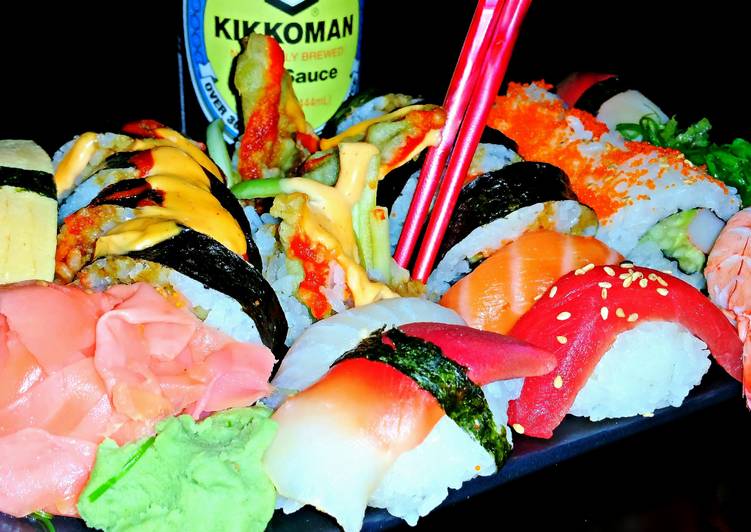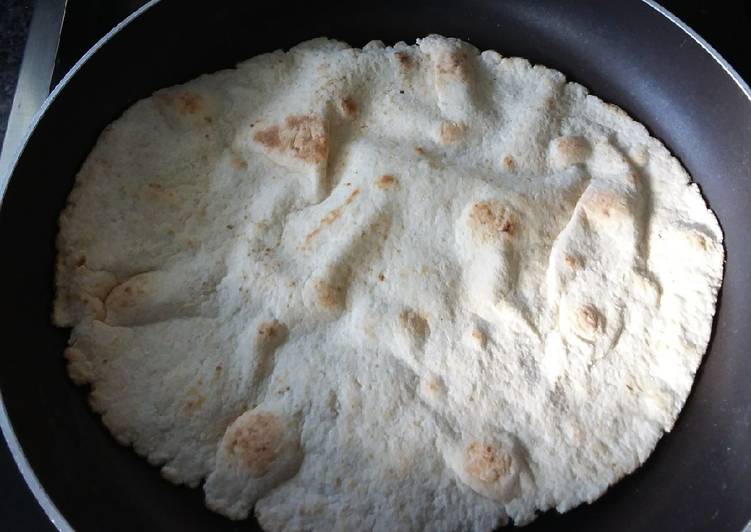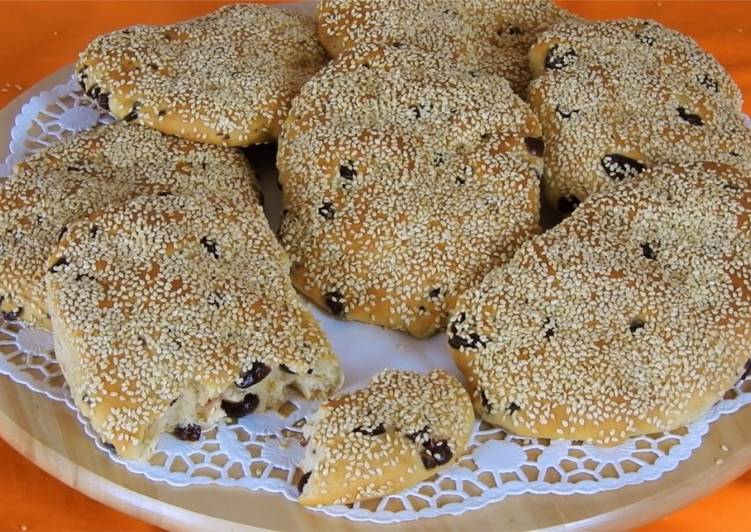Hello everybody, welcome to my recipe page, looking for the perfect Mike's Sushi School 101 recipe? look no further! We provide you only the best Mike's Sushi School 101 recipe here. We also have wide variety of recipes to try.

Before you jump to Mike's Sushi School 101 recipe, you may want to read this short interesting healthy tips about Healthy Eating Doesn’t Need To Be A Chore.
The benefits of healthy eating are nowadays being given more attention than ever before and there are good reasons for this. There are a number of health conditions linked with a poor diet and there is a cost to the overall economy as people suffer from conditions such as heart disease and high blood pressure. There are more and more campaigns to try to get people to follow a healthier lifestyle and nonetheless it is also easier than ever to rely on fast, convenient food that is not good for our health. It is likely that many people assume it will take great effort to eat a healthy diet or that they have to make a large scale change to how they live. In reality, however, merely making some small changes can positively affect day-to-day eating habits.
These more wholesome food options can be applied to other foods such as your cooking oils. Olive oil, for example, contain monounsaturated fats which are basically good fats that fight the effects of bad cholesterol. It is also a great source of Vitamin E which has many benefits and is also great for your skin. If you currently are consuming a lot of fresh fruits and veggies, you may want to think about where you’re buying them and if it’s the best source. If at all possible, try to buy organic produce that has not been sprayed with poisonous pesticides. If you can find a good local supplier of fresh fruit and leafy greens, you can also consume foods that have not lost their nutrients due to storage or not being harvested at the right time.
Obviously, it’s not at all difficult to begin incorporating healthy eating into your daily routine.
We hope you got benefit from reading it, now let’s go back to mike's sushi school 101 recipe. You can cook mike's sushi school 101 using 8 ingredients and 5 steps. Here is how you do it.
The ingredients needed to make Mike's Sushi School 101:
- Prepare Traditional & Reverse California Rolls
- You need A Love Of Sushi & Sashimi
- Use Art Appreciation
- Take Determination
- Provide Creativity
- Provide Patience
- Prepare Time
- Provide Lastly, remember this. If preparing Sushi were an easy art, it would be called, "Rice n' stuff." ;0)
Steps to make Mike's Sushi School 101:
- THE DEFINITION OF SUSHI - - "A Japanese dish consisting of small rolls of vinegar flavored, cooked rice usually served at room temperature or, chilled with a garnish of raw fish, [or, Sashimi] vegetables or eggs." - - * Chef's Note: Fruits & meats are at times utilized in Sushi, but rarely so. - - SUSHI RICE DIRECTIONS - - #1 White rice, [or, Hakumai] is considered by Japanese Chefs, [or, Itamaes] as the most vital aspect of Sushi. Without question, it's widely believed to be, "The Soul of Sushi," if you will. - - The proper preparation of sushi rice is so important to the Japanese that Itamaes spend their first two years of their seven year apprenticeship perfecting sushi rice alone. - - Curiously enough, brown sushi rice [or, Genmai] isn't as common place in Sushi dishes. However, it is gaining popularity in both Japan & the US for not only its earthy taste but texture & health benefits as well. In fact, you may have recently heard of Spam Sushi wrapped in seaweed, [or, Nori] & Genmai made popular by
- SUSHI ROLL ASSEMBLY, SUSHI FILLERS & PLATE SERVICE - - DIRECTIONS FOR THE REVERSE CALIFORNIA ROLL - [seaweed on the outside] - - #17 Place your seaweed, [or, Nori] on your clean, Ziplock sealed bamboo mat with the shiny side of your Nori facing down. Wet your fingers with your bowl of water & shake off excess before picking up any sticky rice. Do this at regular intervals as the rice will continually stick to your fingers. - - Begin adding your sticky rice to your Nori in the middle of it. Don't pack or smear the rice, you'll only break it. Just gently tap the rice down at approximately 1/4" in thickness. - - Spread your rice to all edges and corners of yourNori but stop spreading rice layer 90% of the way AWAY from you at the furthest end of your Nori. You'll need this empty lip to seal your Sushi. - - #18 At this point, you'll be looking down at a square piece of seaweed that is 90% covered wall to wall in warm rice & 10% of the end FURTHEST away from you should be completely clean. - - #19 Now, at 1"
- SUSHI PRESENTATION - - #35 There are five primary points to remember before making sushi. These are flavor, freshness, color, texture & presentation. Each, I assue you, are equally important. With that said, let's focus for a second on presentation regarding both the Sushi & the serving plates. For starters, try to pick contrasting colors that compliment one another when serving your guests their meal. - - #36 Don't just throw your Sushi on a forgettable plate wily nilly. Consider how important a colorful presentation is. Especially since the natural, vivid colors of Sushi can literally force your plate appear more vibrant & alive! Always remember, we feed with or eyes before we do our mouths! - - * Chef's Note: Not only are sushi dishes one of the most photographed by diners, more often than not, when presented skilfully & artfully, they're quite the conversation starter! - - For instance, consider a Okonomi Tuna strip. Imagine its naturally deep yellow squash color atop a pristine bed of white r
- SUSHI PRECAUTIONS - - #39 Make certain to keep all seafood & their juices away from every other item [utensils & counter tops, food or otherwise] until you're ready to assemble your rolls. Cross contamination can easily result in food poisoning & is a real concern in Sushi preparation. - - Conversely, while safety would dictate you wear gloves throughout the preparation of Sushi & Sashmi, I wouldn't recommend them. Seafood preparation being the only exception. - - Sushi is just one of those foods you have to completely feel to get right. Especially with Nigiri Sushi & the hand molding required. You need to feel the weight, texture & temperature of the rice to successfully work with it. Just wash up well & regularly. - - Separation of seafood products is also important for those with allergies to shellfish. For guests with minor shellfish allergies, a good practice is to create all of your non-seafood rolls first, plate them up & set far to the side long before you touch anything seafood related.
- THE DEFINITION OF SASHMI - - "A Japanese dish of bite sized pieces of raw fish eaten with Soy Sauce and Wasabi paste." - - #44 To clarify the quote above, while raw pieces of fish served alone with no rice are indeed called, "Sashmi," know that Sashmi can also placed upon elongated balls of rice. These bites are called, "Okonomi Sushi." However, if served over rice, this method is still referred to as Sushi or Zushi. [see #47] - - #45 The most popular Sushi related seafoods in the US are listed in no particular order as Salmon, Yellow Fin, Yellow Tail, Blue Fin, Uni, [sea urchin] Fatty Tuna Belly, Roe, Spiny Lobster Tail, Prawn, Crab, Clam, Oyster, Snapper, Scallop, Halibut, Eel, Octopus & Mackerel. - - Shrimp & Imitation Crab Meat [or, Kani Kama] are amongst the most popular pre-steamed options. Kani Kama is usually made with pressed Pollock or generic white fish & is regularly substituted for real crab meat. It's most commonly found in the California Roll. This white fish will also last longer
Highly recommended Sushi Mike's one of the top-ranking sushi restaurants in Westchester. You could not find a more reputable or socially gracious environment. It's easy to enjoy temaki sushi at home with family and friends, simply wrap nori sheet around sashimi grade fish and sushi rice, cucumber, takuan, and radish Make sushi at home with simple hand rolled sushi called Temaki Sushi. Everyone in the family (or at the party) will have fun rolling the nori sheets. The schools use us to translate cultural and language barriers, so we can make sure your application for the school and visa is perfect.
If you find this Mike's Sushi School 101 recipe valuable please share it to your close friends or family, thank you and good luck.


